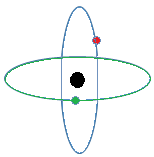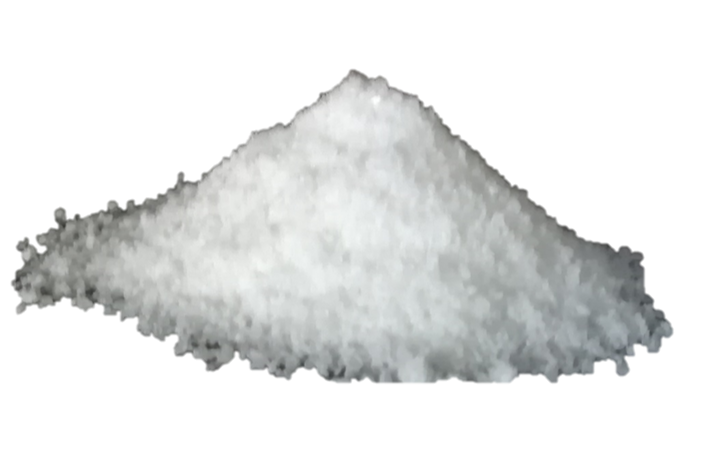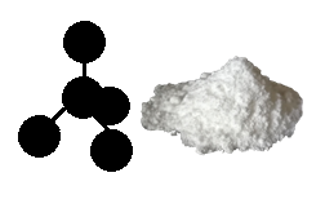CHEMISTRY FORM 2

- 1.1 Structure of the atom
- 1.2 Atomic Number and Mass Number
- 1.3 Isotopes
- 1.4 Energy levels and electron arrangement
- 1.5 Development of the Periodic Table
- 1.6 Relative Atomic Mass and Isotopes
- 1.7 Ion Formation
- 1.8 Chemical Formulae
- 1.9 Chemical Equations

- 2.1 Alkali metals (Group I elements)
- 2.2 Alkali Earth Metals (Group II elements)
- 2.3 Halogens (Group VII elements)
- 2.4 Noble gases (Group VIII elements)
- 2.5 Properties and Trends Across the Periodic Table

- 3.1 Bond
- 3.2 Ionic bond
- 3.3 Giant ionic structure
- 3.4 Covalent bond
- 3.5 Co-ordinate bond
- 3.6 Molecular structures
- 3.7 Giant covalent structures
- 3.8 Metallic Bond
- 3.9 Types of bond across a period
- 3.10 Oxides of elements in Period 3
- 3.11 Chlorides of Period 3 elements

- 4.1 What is a salt?
- 4.2 Types of salt
- 4.3 Solubility of salts in water
- 4.4 Methods of preparing salts
- 4.4.1 Reacting a Metal with an Acid
- 4.4.2 Reacting an Acid with a Base (Neutralization)
- 4.4.3 Reacting an Acid with a Carbonate (or hydrogencarbonate of metal)
- 4.4.4 Combining elements Directly (Direct Combination of elements)
- 4.4.5 Precipitation (Double decomposition)
- 4.5 Action of heat on salts
- 4.6 Uses of salts

- 5.1 Electrical conduction
- 5.2 Electrical conductivity of molten substances
- 5.3 Electrical conductivity of substances in aqueous state
- 5.4 Electrolysis
- 5.5 Applications of electrolysis

- 6.1 Allotropes of carbon
- 6.2 Chemical properties of carbon
- 6.3 Carbon (IV) oxide
- 6.4 Carbon (II) oxide (CO)
- 6.5 Large scale production of sodium carbonate and sodium hydrogencarbonate
- 6.6 Effect of carbon (II) oxide and carbon (IV) oxide on the environment
- 6.7 Carbon cycle

Carbon and some of its compounds: Large scale production of sodium carbonate and sodium hydrogencarbonate
6.0 Carbon and some of its compounds 
6.5 Large scale production of sodium carbonate and sodium hydrogencarbonate
These salts can either be manufactured or obtained from the natural source, trona. But the latter is much cheaper and therefore used where trona is available. In Kenya, trona is mined at Lake Magadi. Trona is a salt with the chemical formula Na2CO3.NaHCO3.2H2O
Questions 6.5
- What does the part, 2H2O, indicate to us about the salt?
- How many salts are represented in the formula of trona?
- From your knowledge of effect of heat on salts, describe the expected change when trona is heated till no further change occurs.
- Name the final product left.
Answers to Questions 6.5
Trona is a hydrated salt, consisting of two salts. It is a double salt. If we want sodium carbonate (Na2CO3) only, trona is heated strongly to remove water of crystallization, then decompose sodium hydrogencarbonate to sodium carbonate. Carbon (IV) oxide and more steam are released.
2Na2CO3.NaHCO3.2H2O(s) ⟶ 3Na2CO3(s) + 3H2O(g) + CO2(g)
If both salts are required, they can be separated by fractional crystallization.
These salts have many uses in industries. For example, sodium carbonate is used to manufacture glass and water softeners. Sodium hydrogencarbonate is used as baking powder and in fire extinguishers to produce carbon (IV) oxide.
